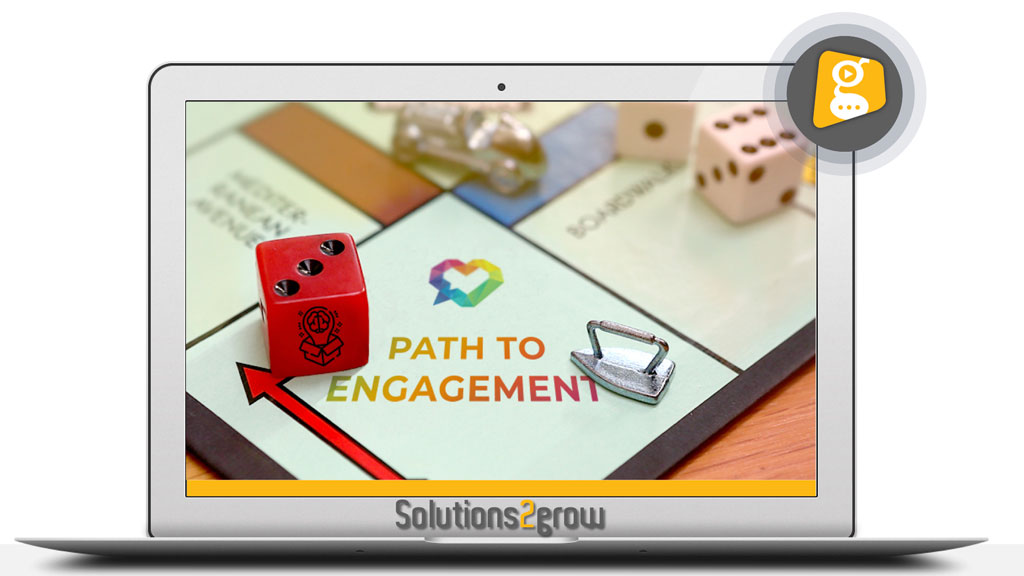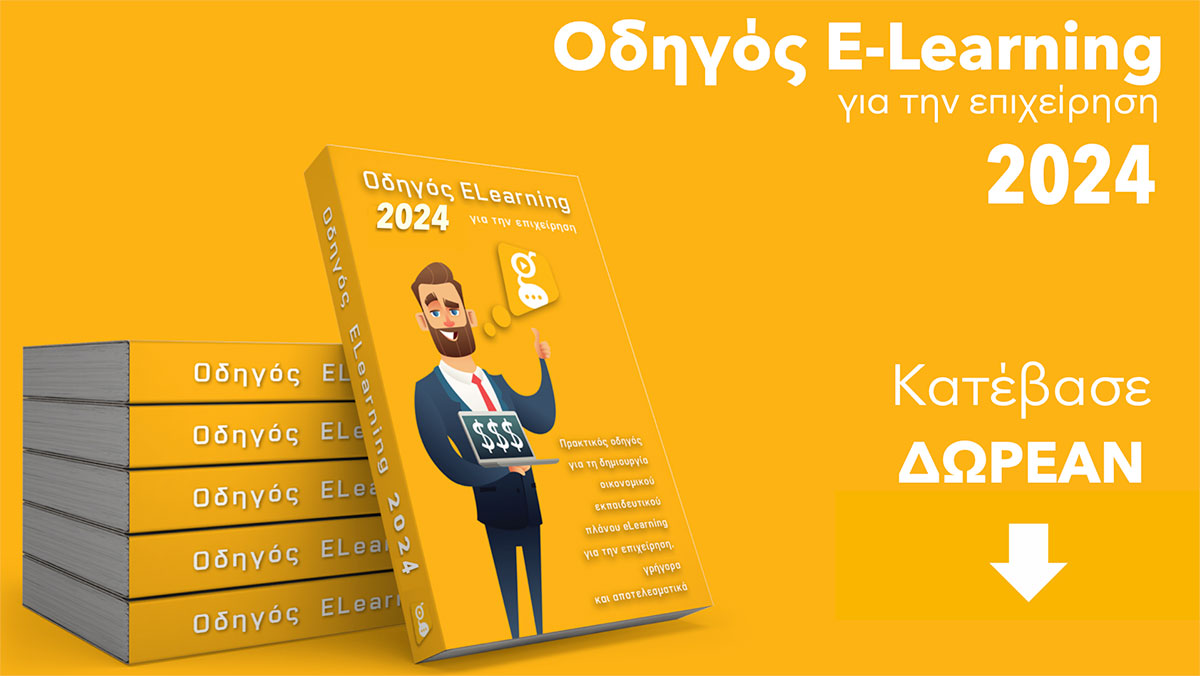
How Gamification and Branding Impact Training?
How Does Employee Participation in Training Get Affected?
Training, to be effective, does not require endless hours, but rather certain magical ingredients like Gamification and the use of Brand elements, which can significantly impact its effectiveness.
Gamification and Memory
The connection between gamification and memory has been repeatedly proven, thanks to its experiential approach and the increase in motivation/interest. When we enjoy something, we engage with it more willingly, and as we do so, we learn more easily. This explains the popularity of gamification solutions.
Gamification and employee participation are closely intertwined. When you incorporate gamification into your training programs, you’ll notice a higher level of employee engagement. However, there are times when both gamification and participation can be enhanced by something else.
Training and Learner Participation
How can branding, applied within a gamified solution, help improve the emotional involvement of learners? Engagement is a critical aspect of any educational process, and its effectiveness directly depends on it.
But can a creative approach, such as a series of mini-games or gamelets designed to teach a company’s customer service model, succeed with an audience that is not necessarily oriented toward games? In other words, can this approach be fun, memorable, and effective for this particular audience? It presents a unique challenge…
Branding and Increased Willingness to Participate
So, how can branding play a role here? It’s like the first impression we get when an unknown person enters a room. The feeling we have at that moment speaks to the emotional part of our brain, the part fundamental to how we think and make decisions.
Imagine a product packaging designed in such a way that it excites you about discovering its content.
Good brand design can work wonders:
- It creates a sense of anticipation and excitement, thus boosting the willingness to participate.
- It acts as a Trojan horse for delivering key messages about the company. For example, gold colors suggest something expensive and high-quality.
We understand that branding can be used to relax the audience, help them de-stress, and make training seem simpler and more enjoyable. It serves many purposes and is an opportunity that should not be missed.
Emotional commitment is achieved by allowing the end user a sense of autonomy, progress, and purpose. This can be further enhanced through strategic use of branding. Incorporating branding elements that enhance how gamified training evokes emotional involvement among learners is extremely helpful.
When designing brand elements, data similar to those used in the design of the educational approach and game dynamics are considered.
Gamification and Branding Have a Decisive Impact on Training
Branding, the educational approach, and the game all work in perfect synchronization to convey the same messages. When they align and work well together, the messages teach learners how their job performance affects the quality of their work, their career, and even their life.
Download the Free eLearning Practical Guide
A practical guide for creating a cost-effective eLearning plan for your business, quickly and efficiently.
What you will learn:
► How to assess the needs of the business
► How to evaluate value/benefit
► How to assess the learners
► How to choose digital tools
► How to choose content (trends 2022)
► How to create learning paths
► How to communicate it to employees and the company



Leave a Reply